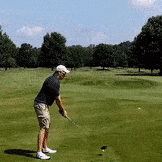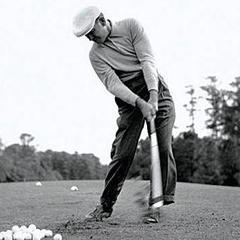IGNORED
How do you hit a power fade?
Note: This thread is 3033 days old. We appreciate that you found this thread instead of starting a new one, but if you plan to post here please make sure it's still relevant. If not, please start a new topic. Thank you!
-
Topics Being Discussed Right Now on The Sand Trap
-
This Putting Product Actually Seems Like it May Have Some Value.
By ChetlovesMer, in Instruction and Playing Tips
- 4 replies
- 89 views
-
The Hanger by Watson Golf 1 2
By iacas, in Instruction and Playing Tips
- training aid
- the hanger
- (and 2 more)
- 28 replies
- 16,714 views
-
Strategy on Neshanic Valley Ridge #2 1 2
By billchao, in Instruction and Playing Tips
- neshanic
- mystrategy
- (and 2 more)
- 21 replies
- 1,867 views
-
- 6,577 replies
- 253,497 views
-
- 1 reply
- 58 views
-








Recommended Posts
Create an account or sign in to comment
You need to be a member in order to leave a comment
Create an account
Sign up for a new account in our community. It's easy!
Register a new accountSign in
Already have an account? Sign in here.
Sign In Now